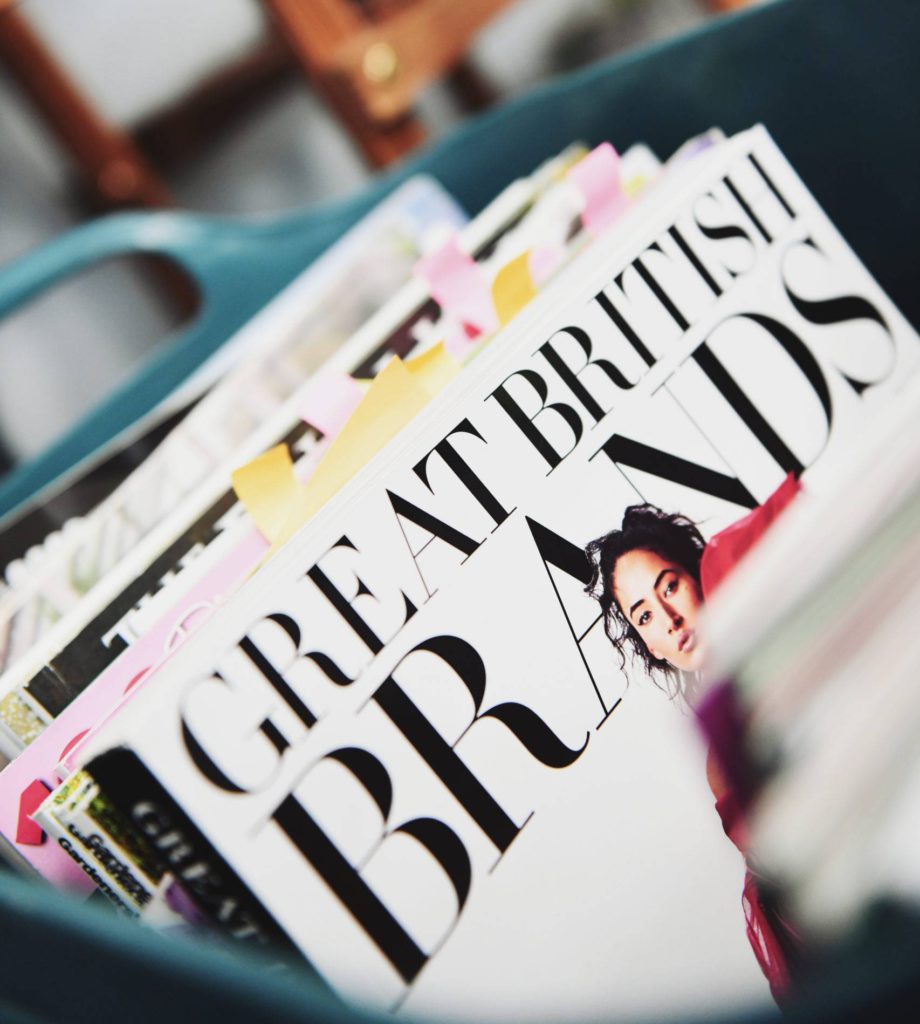How can you evaluate the ROI on PR? It’s the age-old question! We’re probably a bit biased but we think that PR is invaluable, or unvaluable at the very least!
As a specialist home and garden PR agency, we have to be able to demonstrate our value and to show that we are meeting our aims and KPIs, as well as contributing towards the wider business objectives outlined. PR measurement is a widely disputed topic. There’s no one size fits all.
Advertising versus editorial
With advertising it’s a lot easier. You buy the space. It’s transactional. You work with an advertising sales rep who tells you the price, you provide the assets, they run the piece exactly where you have paid for it to go. Done. You know the exact ££ you’ve paid for it, and exactly what you’ve paid for.
With PR it’s not that easy! And explaining that to people can sometimes be tricky.
Not only that, but unlike advertising, there’s no guarantee that you’ll definitely be featured. But when you are, it tastes even sweeter because you know that you’ve been included because of merit, not money. PR can also be more valuable than advertising as people trust it more because they know it hasn’t been paid for, and is a genuine endorsement that the journalist has chosen to feature. Whether it’s 5* product reviews like those that we regularly secure for our client Cobra, regularly appearing in gift guides like Seedball does, or being featured in the latest shopping guides for the home and garden like elho, editorial coverage is infinitely more valuable than advertising space.
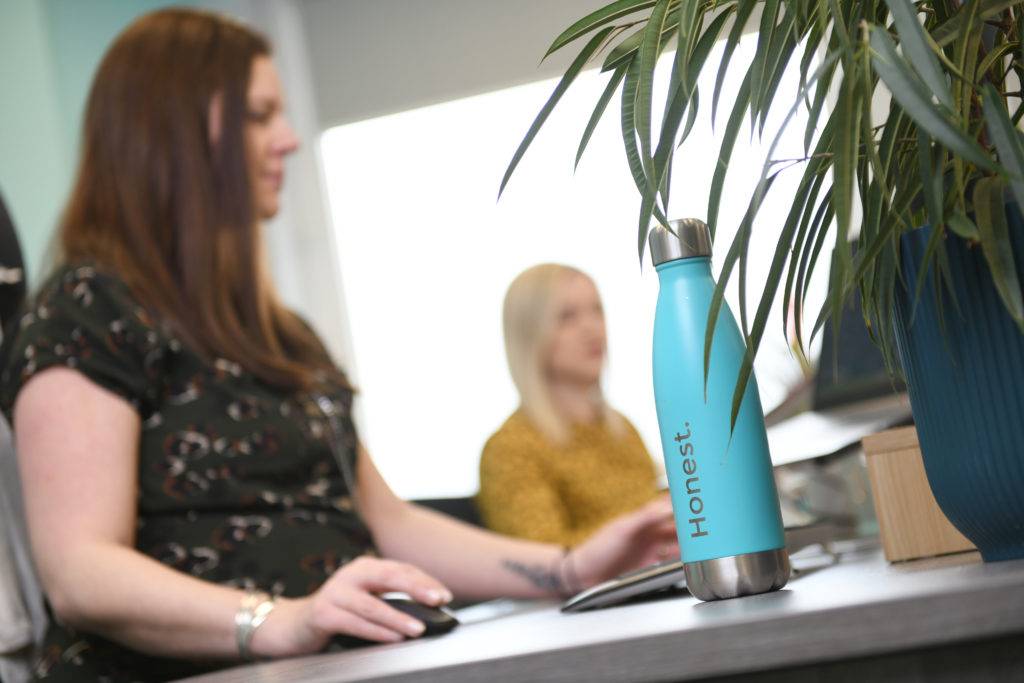
The devil’s in the detail
Fortunately at Honest, we’re very analytical and dedicate time each month to reporting, tracking and analysing activity to make sure we’re delivering the very best results possible for our clients, while constantly evolving things. Our coverage reports don’t only log the basic where and when a client was featured but we analyse if it was print/online, trade/consumer, national/regional and how that fits in with where the client wants to be. The front page of The Sun might be a great win for some clients but not everyone, so we don’t just go bragging that we’ve secured national newspaper coverage like other PR agencies might – we make sure it’s the right fit for the brand.
How to evaluate PR
There’s a whole world of PR evaluation out there. For some background, let me take a more academic approach. Have you heard of the Barcelona Principles? Are you thinking paella, siestas and sangria? Not quite. Not even close really. But go grab those things anyway…
In 2010, the International Association for Measurement and Evaluation of Communication (AMEC) held a summit in Barcelona. The aim was to create the first standardised framework for effective PR and communications measurement. The result of this was the Barcelona Principles, agreed on by PR practitioners from 33 different countries.
The key takeaway from the Barcelona Principles is that PR evaluation should focus on outcomes, not output, i.e. it doesn’t matter where the coverage is or how many pieces you have, it’s about the impact that that coverage has on people.
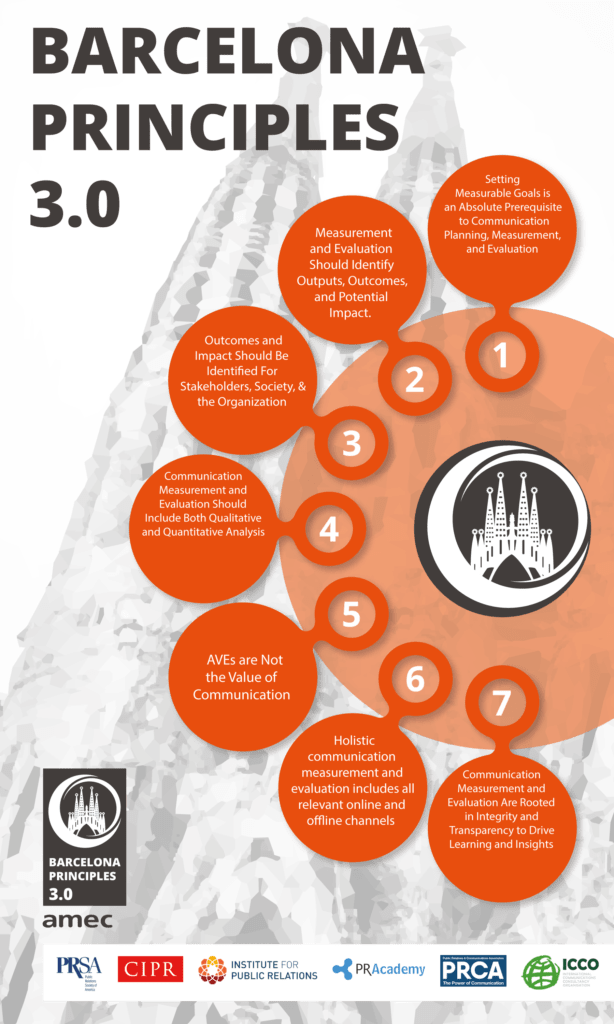
And that’s where it starts to get really tricky. How do you track output? How can you tell what someone does after they see a piece of coverage? For digital activity it’s easier – you can track clicks, website visits and conversions. But how can we tell a client how many people acted because they saw something in a magazine?
Let’s be honest. We can’t.
You can run as many focus groups and customer surveys as you like but the majority of people won’t be able to pinpoint the piece in the marketing puzzle that converted them to buying. And why should it be the final piece that gets the credit? Just because you might have seen a brand on Facebook, who’s to say it wasn’t the magazine editorial the week before that sowed the seed?
Which is why reporting is vital. We may not be able to show the point of conversion but PR data analytics enable us to show the role that PR can play in a brand’s narrative. PR helps to build a brand’s reputation, and broadly speaking, people only buy from brands that they favour. It can have a long-term impact on buyer behaviour and corporate reputations. It’s about playing the long game!
Your Google ads might give you quick hits and instant sales but do they change a perception of a brand? Nope! So, the two need to work in hand-in-hand.
Using PR results to create a brand narrative
In creating a brand narrative through PR there are so many factors to consider. Again, it’s not just how many pieces and where. You need to consider the tone of those pieces – ignore what you’ve heard, not all publicity is good publicity! You can also consider what the coverage is talking about – is it a specific product, is it a company mention, is it particular activity or event, or is it a person within the company?
Then think beyond your own brand. PR analytics can track the sector and see the share of that coverage that you have. If your industry is being spoken about then why aren’t you being featured? Similarly, are your competitors being featured instead? It’s when you start analysing your sector and your competitors’ PR performance against your own, that a narrative begins to emerge and you can see the part you play in the bigger picture. Track that over time and a true story really begins to emerge.
Don’t worry, we can start building your narrative today! Get in touch to find out how the Honest Communications’ team can put our years of PR expertise and insight to use to help your brand.
